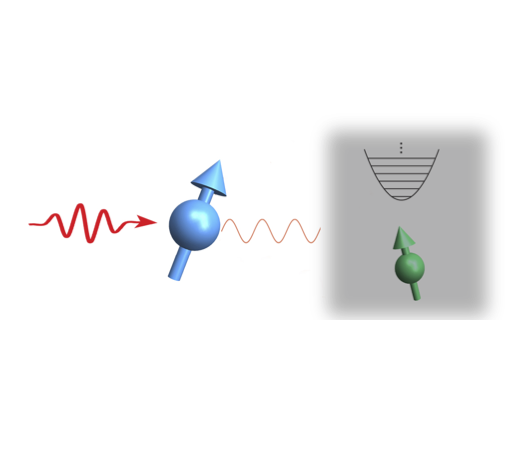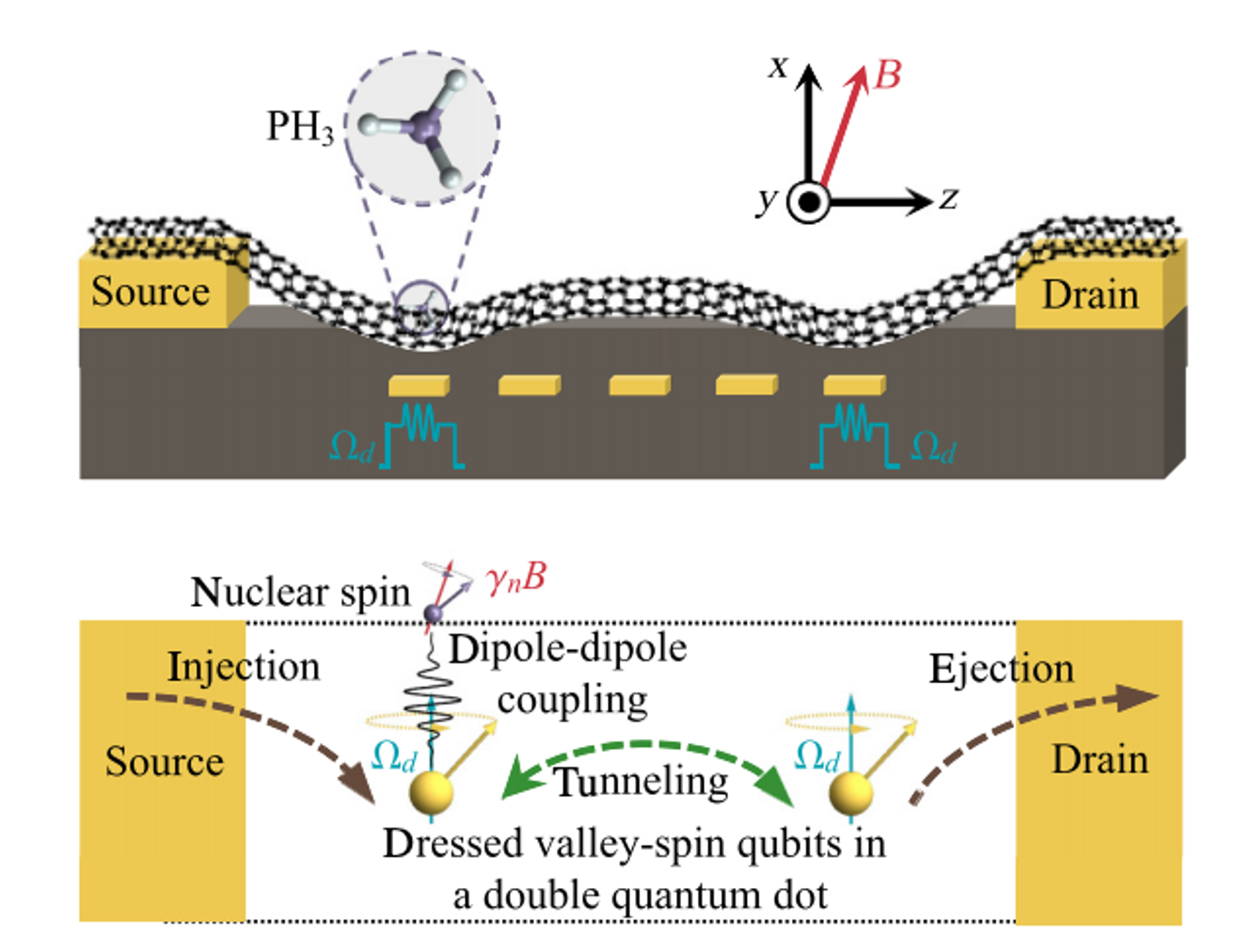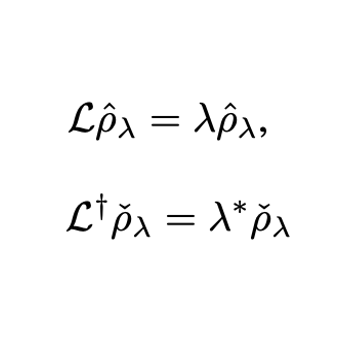
Yu Liu, Jiazhao Tian, Ralf Betzholz, and Jianming Cai
We propose a novel strategy to reconstruct the quantum state of dark systems, i.e., degrees of freedom that are not directly accessible for measurement or control. Our scheme relies on the quantum control of a two-level probe that exerts a state-dependent potential on the dark system. Using a sequence of control pulses applied to the probe makes it possible to tailor the information one can obtain and, for example, allows us to reconstruct the density operator of a dark spin as well as the Wigner characteristic function of a harmonic oscillator. Because of the symmetry of the applied pulse sequence, this scheme is robust against slow noise on the probe. The proof-of-principle experiments are readily feasible in solid-state spins and trapped ions.

Wanlu Song, Tianyi Du, Haibin Liu, Martin B. Plenio, and Jianming Cai
Quantum sensing exploits fundamental features of quantum mechanics and quantum control to realise sensing devices with potential applications in a broad range of scientific fields ranging from basic science to applied technology. The ultimate goal are devices that combine unprecedented sensitivity with excellent spatial resolution. Here, we propose an new platform for all-electric nanoscale quantum sensing based on a carbon nanotube double quantum dot. Our analysis demonstrates that the platform can achieve sensitivities that allow for the implementation of single-molecule magnetic resonance spectroscopy and therefore opens a promising route towards integrated on-chip quantum-sensing devices.

Juan Mauricio Torres, Ralf Betzholz, Marc Bienert
We present a closed-form analytical solution to the eigenvalue problem of the Liouville operator generating the dissipative dynamics of the standard optomechanical system. The corresponding Lindblad master equation describes the dynamics of a single-mode field inside an optical cavity coupled by radiation pressure to its moving mirror. The optical field and the mirror are in contact with separate environments, which are assumed at zero and finite temperature, respectively. The optomechanical damping basis refers to the exact set of eigenvectors of the generator that, together with the exact eigenvalues, are explicitly derived. Both the weak- and the strong-coupling regime, which includes combined decay mechanisms, are solved in this work.
| |
版权所有 Copyright(C) 2018 华中科技大学量子传感与量子测量国际联合实验室